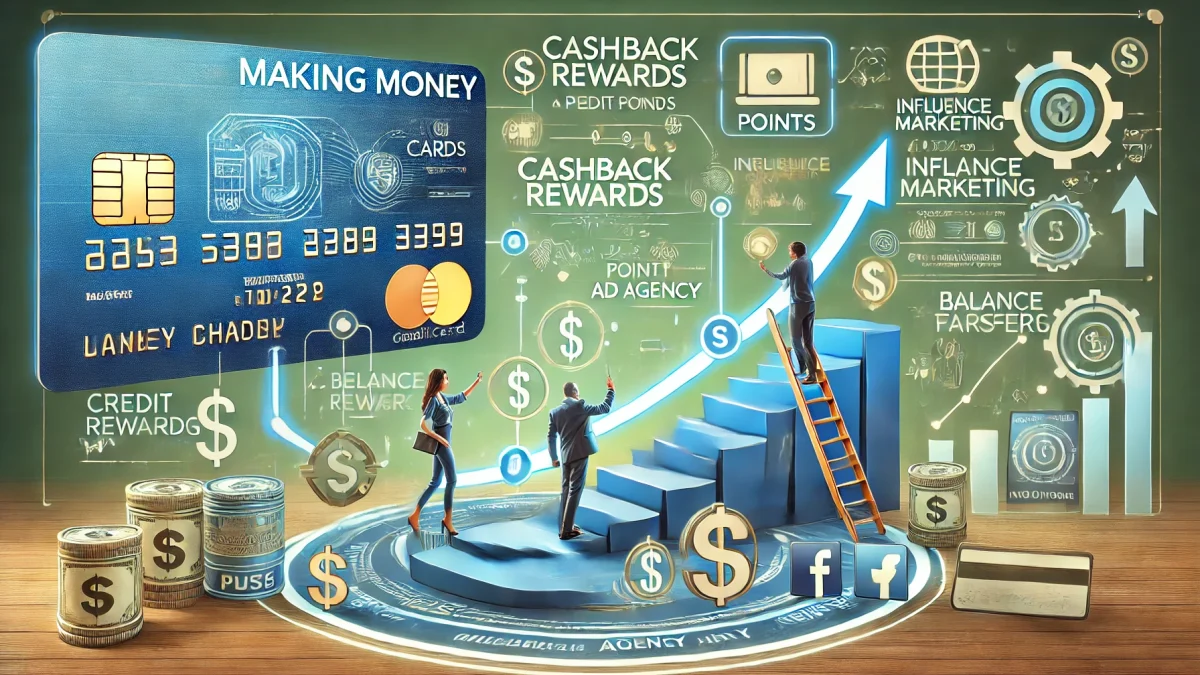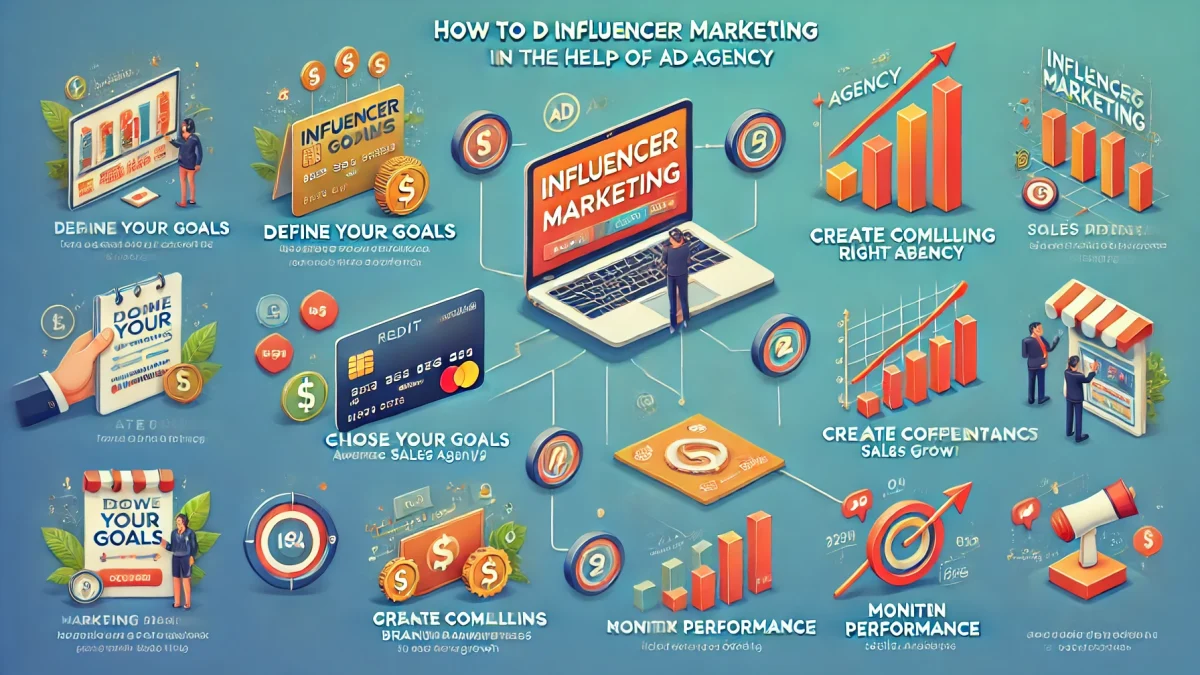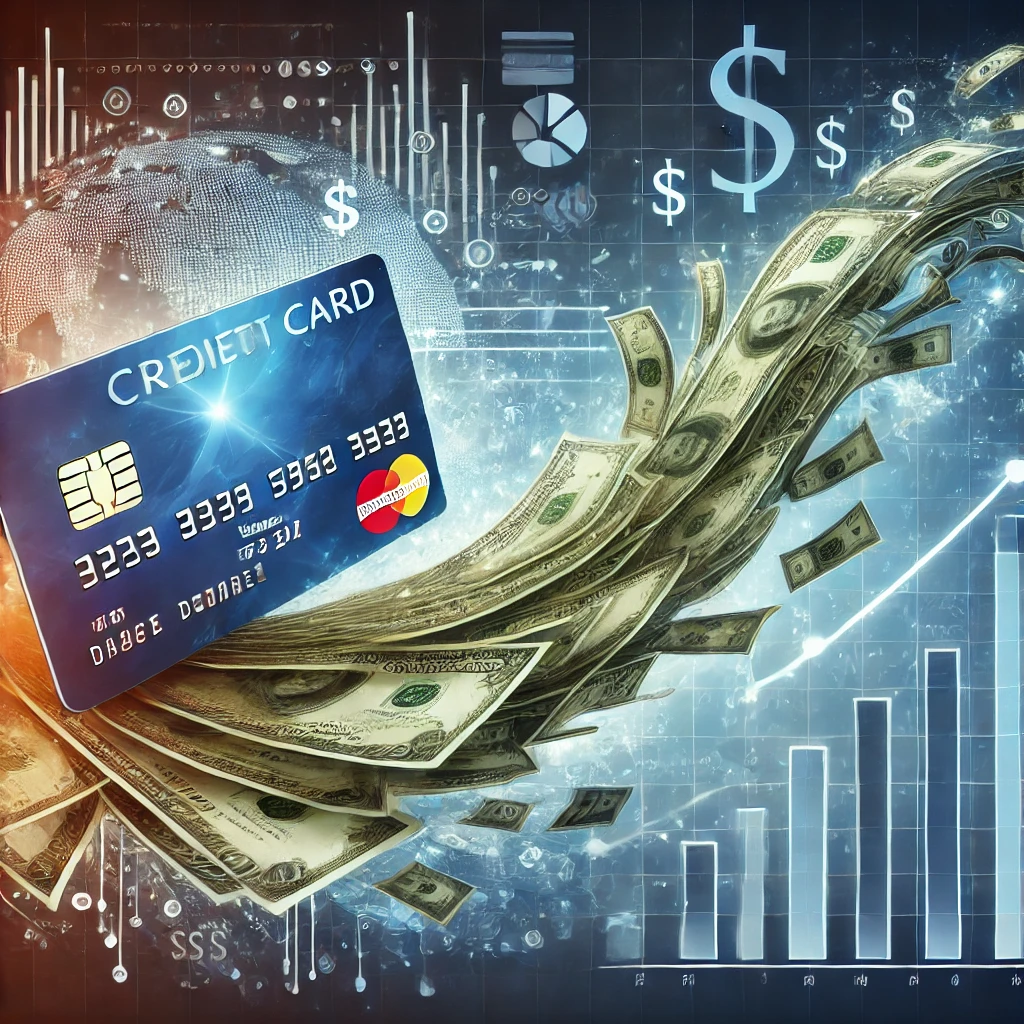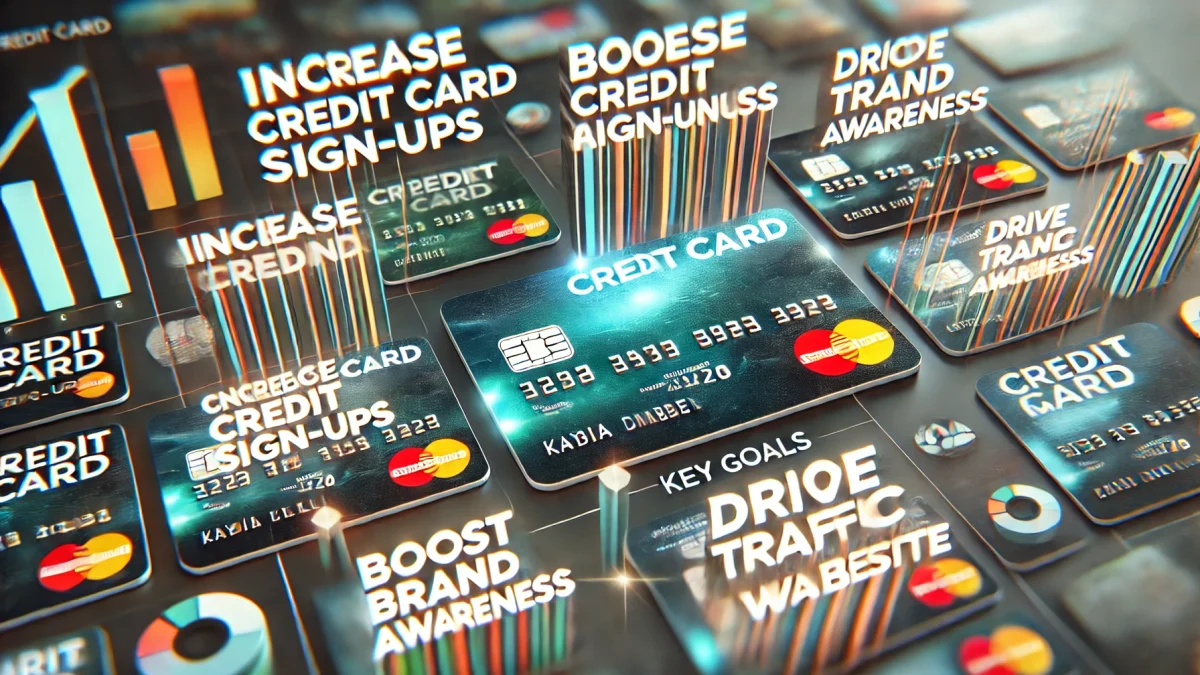
Credit cards are usually seen as tools for spending, but did you know they can also become a source of passive income? When used strategically, you could earn anywhere between $3,500 to $150,000 every month. Sounds unbelievable? Today, we’re going to break it down step-by-step so that you can see how this seemingly impossible goal is, in fact, achievable through credit cards and a solid system in place. Have you ever thought about the possibility of earning significant income using credit cards? Although it may sound too good to be true, taking advantage of credit card rewards and offers has become a lucrative side income strategy for many people. By using the right cards strategically, it is possible to earn $3,500 to $150,000 each month. So let’s see how the practical will be:
Income Strategy
Using the right card strategy can generate attractive additional income :
1. Rewards and incentives
Cash Back Programs
- * Chase Freedom Flex offers 5% cash back on rotating categories and 3% on dining.
- * Citi Custom Cash gives 5% cash back on your highest spend category each billing cycle.
By making your everyday purchases on these high-cash-back cards, you can accumulate substantial rewards that add up quickly over time.
Ensure you are paying off your balances in full each month. This avoids interest charges that would cancel out your gains from cash back.
Sign-Up Bonuses
- * Chase Sapphire Preferred: Offers 60,000 points after spending $4,000 in the first three months, which translates into $750 in travel rewards or more when redeemed through specific partners.
- * The Platinum Card® from American Express: Currently offers 100,000 membership rewards points when you spend $6,000 in the first six months, which could be worth over $1,000 depending on how you redeem them.
Travel Rewards and Transfer Partners
- * American Express Membership Rewards points can be transferred to various airline and hotel partners, often offering a better value than redeeming points directly through the issuer.
- * Chase Ultimate Rewards points work similarly, with the ability to transfer to travel partners like United, Southwest, and Hyatt for enhanced redemption value.
Manufactured Spending
- * Purchase gift cards or money orders with your credit card, then liquidate those into cash that you can use to pay off your card balance. It’s a way to meet the minimum spending requirements for a sign-up bonus without any actual expenses.
Referral Bonuses
- * Chase cards like the Sapphire Preferred and Freedom Flex offer bonus points when someone uses your referral link to apply and is approved.
- * American Express has a robust referral program where you can earn up to 30,000 points per referral, depending on the card.
2. Credit card business
Key strategies to earn money through credit card and advertising agency:

The idea of making money with credit cards often sounds too good to be true. However, when done correctly, credit cards can become a powerful tool for creating revenue streams, especially through partnerships with advertising agencies and influencer marketing. Let’s explore two realistic ways to generate income through these posts.
The digital marketing space has opened a myriad of opportunities for people to monetize their content, audience, and even their financial tools. Let’s look at two unique ways you can earn money through credit cards and how ad agencies, particularly with influencer marketing, can play a key role in multiplying your revenue.
1. Leverage Credit Card Rewards to Fund Your Advertising Strategy
- * Choose the right credit card: Look for business credit cards with high cashback percentages, especially those that offer more rewards on categories like advertising and marketing spend (e.g., Chase Ink Business Cash, American Express Blue Business Cash).
- * Align your spend with rewards categories: Spend on categories that offer the highest cashback percentages or bonuses. For example, if you’re investing in online ads, use a card that gives bonus points for digital advertising.
- * Redeem rewards effectively: Many cards allow you to redeem points or cash to cover everyday expenses, travel, or even statement credits. These rewards can be reinvested into your business, further extending your advertising budget.
2. Affiliate Marketing and Referral Programs
- * Sign up for credit card affiliate programs: Platforms like CJ Affiliate or Rakuten Marketing offer access to credit card affiliate programs. Alternatively, some major credit card companies may offer direct referral programs.
- * Collaborate with ad agencies: An ad agency can help you create optimized content and ads to promote credit card offers to your audience. They can handle targeting, creatives, and performance analytics, ensuring your campaign reaches the right demographic.
- * Monetize through influencer marketing: If you’re an influencer or have an online presence, credit card companies will pay you commissions for driving sign-ups. Some influencers have built entire businesses around credit card referrals, earning between $3,500 and $150,000 monthly.
How to Do Influencer Marketing with the Help of an Agency
Why Use an Ad Agency for Influencer Marketing?
Steps to Get Started:
- 1. Define your goals: What’s your target? Do you want to drive credit card sign-ups, increase brand awareness, or sell a product? Be clear about your objectives from the start.
- 2. Choose the right agency: Look for ad agencies specializing in influencer marketing, like Mediakix or Izea. These agencies already have databases of influencers with proven performance records.
- 3. Create compelling campaigns: Work with your agency to design marketing campaigns that align with your brand and attract the right influencers. Authenticity is key—ensure influencers' audiences match your target demographic.
- 4. Monitor performance: Influencer marketing requires data analysis to ensure success. A good agency will monitor engagement, conversions, and ROI to adjust the campaign in real-time for maximum results.
Best credit cards of 2024

- * Annual Fee: $95
- * Rewards: 5x points on travel through Chase Ultimate Rewards, 3x points on dining, and 2x points on other travel purchases.
- * Welcome Bonus: 60,000 points after spending $4,000 in the first 3 months.
- * Best For: People who want a flexible travel rewards card with a great point redemption program.
- * Annual Fee: $0
- * Rewards: 2% cash back on every purchase (1% when you buy, 1% when you pay).
- * Welcome Bonus: None, but consistent cash back across all categories.
- * Best For: Those looking for a simple, flat-rate cashback system without category restrictions.
- * Annual Fee: $695
- * Rewards: 5x points on flights booked directly with airlines or through Amex Travel, and 5x points on prepaid hotels.
- * Welcome Bonus: 80,000 Membership Rewards points after spending $6,000 in the first 6 months.
- * Perks: Access to Centurion Lounges, Hilton Honors Gold status, and $200 in airline fee credits.
- * Best For: Frequent travelers who can maximize luxury perks and points on flights and hotels.
- * Annual Fee: $0
- * Rewards: 3% cash back on dining, entertainment, and grocery stores (excluding superstores), 1% on all other purchases.
- * Welcome Bonus: $200 cash bonus after spending $500 in the first 3 months.
- * Best For: People who love dining out, going to concerts, or spending on entertainment.
- * Annual Fee: $0
- * Rewards: 2% cash back at gas stations and restaurants (on up to $1,000 in combined purchases each quarter), and 1% on all other purchases.
- * Welcome Bonus: Discover matches all the cash back earned at the end of the first year.
- * Best For: People looking to build or rebuild their credit while earning rewards.
- * Annual Fee: $95
- * Rewards: 3x points on travel, shipping, Internet, cable, phone services, and advertising purchases (up to $150,000 in combined purchases).
- * Welcome Bonus: 100,000 points after spending $8,000 in the first 3 months.
- * Best For: Small business owners looking to maximize rewards on travel and business expenses.
- * Annual Fee: $0
- * Intro APR: 0% APR on balance transfers for 21 months, then 17.99% – 28.74% variable APR
- * Best For: Individuals with high-interest debt who want to consolidate balances and avoid interest for nearly two years.
- * Annual Fee: $395
- * Rewards: 2x miles on every purchase, 10x miles on hotels and rental cars booked through Capital One Travel.
- * Welcome Bonus: 75,000 miles after spending $4,000 in the first 3 months.
- * Perks: $300 travel credit, airport lounge access, and Global Entry or TSA PreCheck fee credit.
- * Best For: Travelers who want premium perks at a slightly lower cost than ultra-luxury cards.
- * Annual Fee: $0
- * Intro APR: 0% intro APR on purchases and balance transfers for up to 21 months, then 17.24% – 29.99% variable APR.
- * Best For: People who want to carry a balance or transfer debt without paying interest for a significant period.
- * Annual Fee: $0
- * Rewards: 5% cash back on rotating quarterly categories (such as gas stations, groceries, or Amazon) and 1% on all other purchases.
- * Welcome Bonus: Discover matches all cash back earned in the first year.
- * Best For: Students looking to earn rewards while building their credit.
Tips for Choosing the Right Credit Card in 2024:
- 1. Assess Your Spending Habits: Do you spend a lot on travel, dining, or everyday purchases like groceries and gas? Choose a card that maximizes rewards in these areas.
- 2. Check for Annual Fees: Some cards with higher annual fees may offer enough benefits (like travel credits and rewards) to outweigh the cost, but others may not be worth it if you’re not maximizing the perks.
- 3. Look for Welcome Bonuses: Many cards offer significant bonuses for new cardholders, which can provide extra value within the first few months.
- 4. Consider Your Credit Score: Some premium cards require excellent credit. If you're working to improve your score, start with a card for building or rebuilding credit.
- 5. Balance Transfer Options: If you're carrying credit card debt, consider cards with long 0% APR intro periods for balance transfers to help pay down debt interest-free.
Average Credit Card Interest Rate for October 2024: 24.62% APR
What Does a 24.62% APR Mean?
- * If you owe $1,000 on a card with a 24.62% APR and make no additional purchases, you'd pay $246.20 in interest over a year if the balance remains unpaid.
Why Are Credit Card Interest Rates So High?
- 1. Federal Reserve Rate Hikes: The Federal Reserve has raised interest rates multiple times in recent years to combat inflation. Since credit card rates are typically tied to the prime rate, when the Fed increases rates, banks also raise the APR on credit cards.
- 2. Economic Conditions: Rising inflation and economic uncertainty often push banks to raise interest rates to cover potential risks of defaults or late payments from cardholders.
- 3. Consumer Demand for Credit: As consumers continue to use credit cards for daily purchases, credit card issuers adjust interest rates to manage risk and profit from higher borrowing costs.
Impact on Cardholders

- * Higher Costs for Carrying a Balance: If you don’t pay off your balance in full every month, you’ll accrue more interest, making your debt more expensive over time.
- * Less Affordable Large Purchases: Using credit cards for large purchases or emergencies becomes more costly, especially if you take months or years to pay off the balance.
- * Difficulty in Paying Down Debt: With higher interest rates, minimum payments cover mostly interest charges, making it harder to reduce your principal debt.
How to Manage High APRs
- 1. Pay Off Balances Monthly: To avoid paying interest, try to pay off your balance in full every month. This way, you can take advantage of rewards without accruing debt.
- 2. Use 0% Introductory APR Cards: If you have existing credit card debt, consider transferring your balance to a card that offers a 0% introductory APR for a set period (usually 12 to 18 months). This allows you to pay down your debt without interest during that promotional period.
- 3. Negotiate with Your Credit Card Company: Sometimes, you can negotiate a lower interest rate with your credit card issuer, especially if you have a good credit history or are considering switching to another card.
- 4. Focus on Debt Repayment: If you carry a balance, prioritize paying off high-interest debt as quickly as possible. Consider using the avalanche method (paying off the highest interest debt first) to save money on interest.
- 5. Consolidate Debt: If you're overwhelmed by credit card debt, consider consolidating your balances into a personal loan with a lower fixed interest rate. This can help simplify your payments and reduce the total interest paid.
